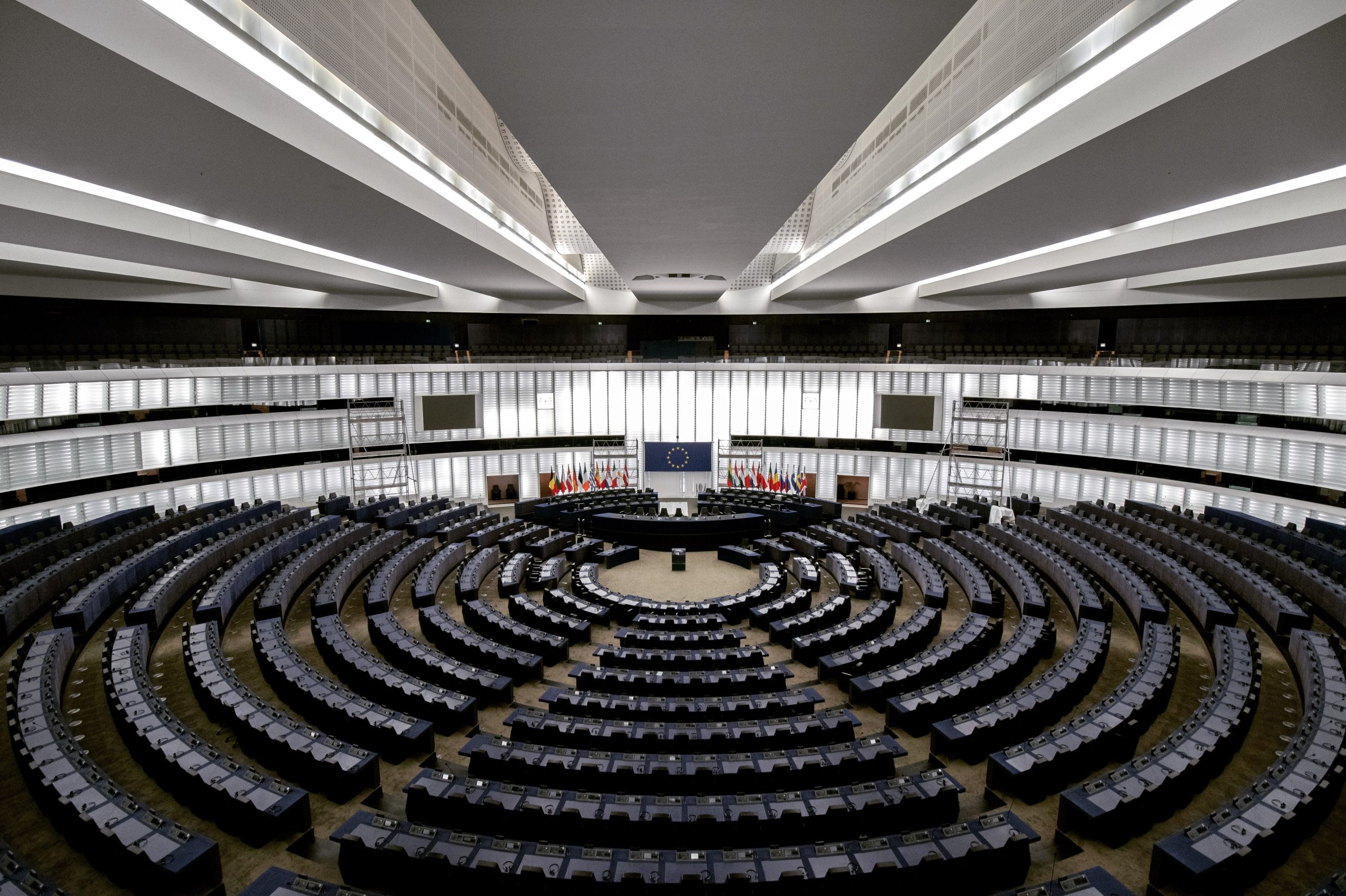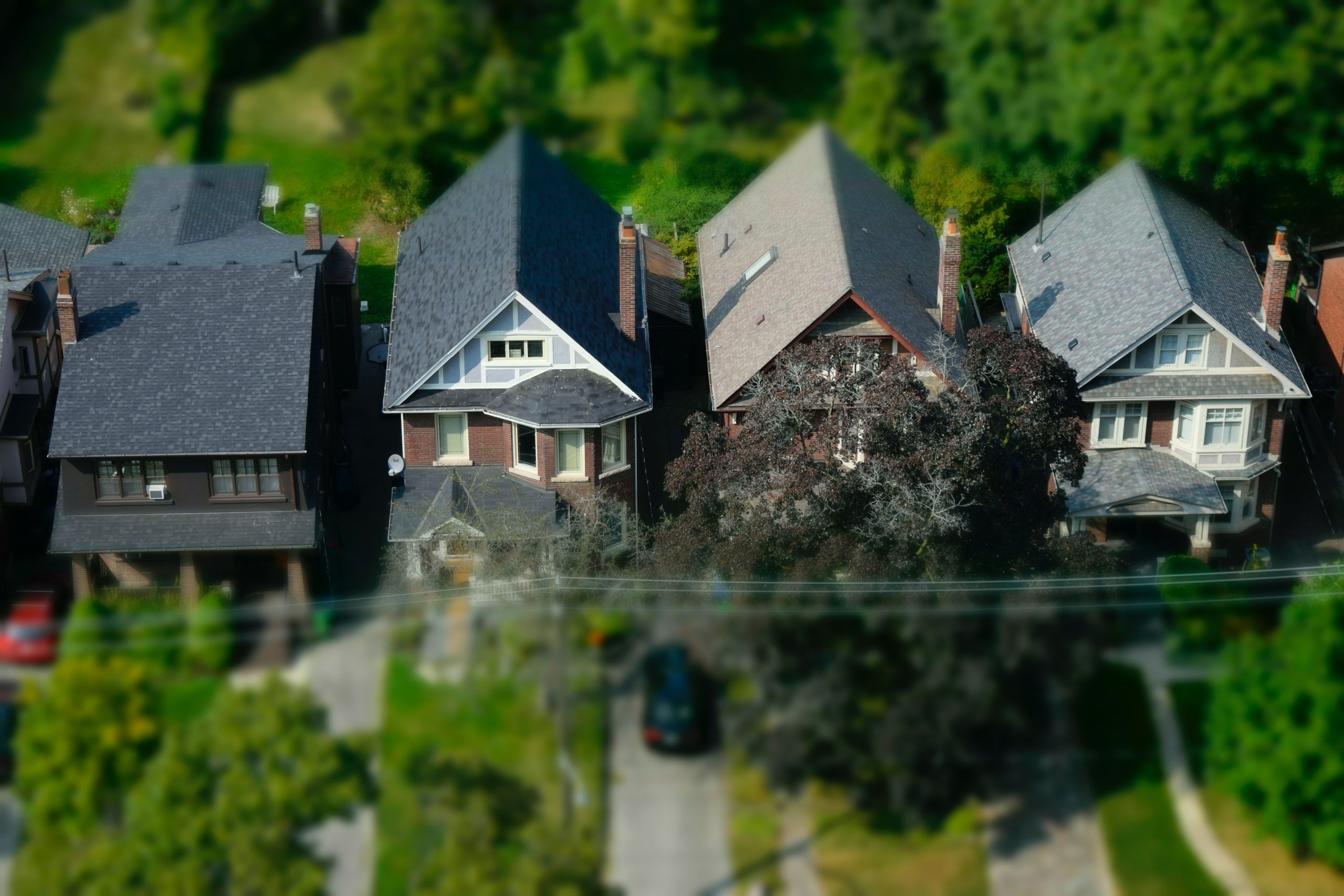As a real estate investor, you understand the importance of keeping an eye on interest rates. But do you know how changes in interest rates can affect your investment strategies?
Interest rates can have a significant impact on the real estate market. When interest rates are low, borrowing money becomes cheaper, making it easier for investors to acquire properties. On the other hand, when interest rates rise, borrowing money becomes more expensive, which can deter some investors from investing in real estate.
In this article, we will analyze the impact of interest rates on real estate investment strategies and provide insights on how you can adjust your investment approach to optimize your returns.
The Impact of Interest Rates on Real Estate Markets
Interest rates are a crucial factor in determining the overall health of the real estate market. Low interest rates encourage buyers to take out loans, resulting in increased demand for properties. As demand increases, property values tend to rise, resulting in higher returns for investors.
On the other hand, high-interest rates discourage buyers from taking out loans, leading to decreased demand for properties. As a result, property values may decrease, resulting in lower returns for investors.
However, it’s essential to note that the relationship between interest rates and real estate values is not always straightforward. Other factors, such as economic growth, population growth, and supply and demand, can also affect real estate values.
Real Estate Investment Strategies in a Low-Interest Rate Environment
In a low-interest rate environment, investors can take advantage of cheap borrowing costs to acquire properties. As a result, many real estate investors opt for leveraged investments, where they use borrowed funds to invest in properties with the expectation of earning higher returns.
One common real estate investment strategy in a low-interest rate environment is the buy-and-hold strategy. This strategy involves acquiring a property with a long-term investment horizon, typically five years or more, and holding onto the property until its value appreciates.
Another strategy that can be effective in a low-interest rate environment is the value-add strategy. This strategy involves acquiring a property that is undervalued and making improvements to increase its value. The investor can then sell the property at a higher price or generate higher rental income.
Real Estate Investment Strategies in a High-Interest Rate Environment
In a high-interest rate environment, investors may find it challenging to borrow money at affordable rates. As a result, many real estate investors may opt for cash purchases, which can limit the number of investment opportunities available.
One strategy that can be effective in a high-interest rate environment is the flipping strategy. This strategy involves acquiring a property, making renovations, and selling it quickly at a higher price. Flipping can be a high-risk, high-reward strategy, but it requires a significant amount of capital upfront.
Another strategy that can be effective in a high-interest rate environment is the short-term rental strategy. This strategy involves acquiring a property and renting it out on a short-term basis, such as through Airbnb. Short-term rentals can generate higher returns than traditional long-term rentals, but they require a significant amount of effort and investment in furnishing and marketing the property.
Conclusion
In conclusion, interest rates can have a significant impact on real estate investment strategies. In a low-interest rate environment, investors can take advantage of cheap borrowing costs to acquire properties and pursue buy-and-hold or value-add strategies. In a high-interest rate environment, investors may need to adjust their strategies and consider cash purchases, flipping, or short-term rentals.
As a real estate investor, it’s essential to keep an eye on interest rates and adjust your strategies accordingly to optimize your returns. By analyzing the impact of interest rates











